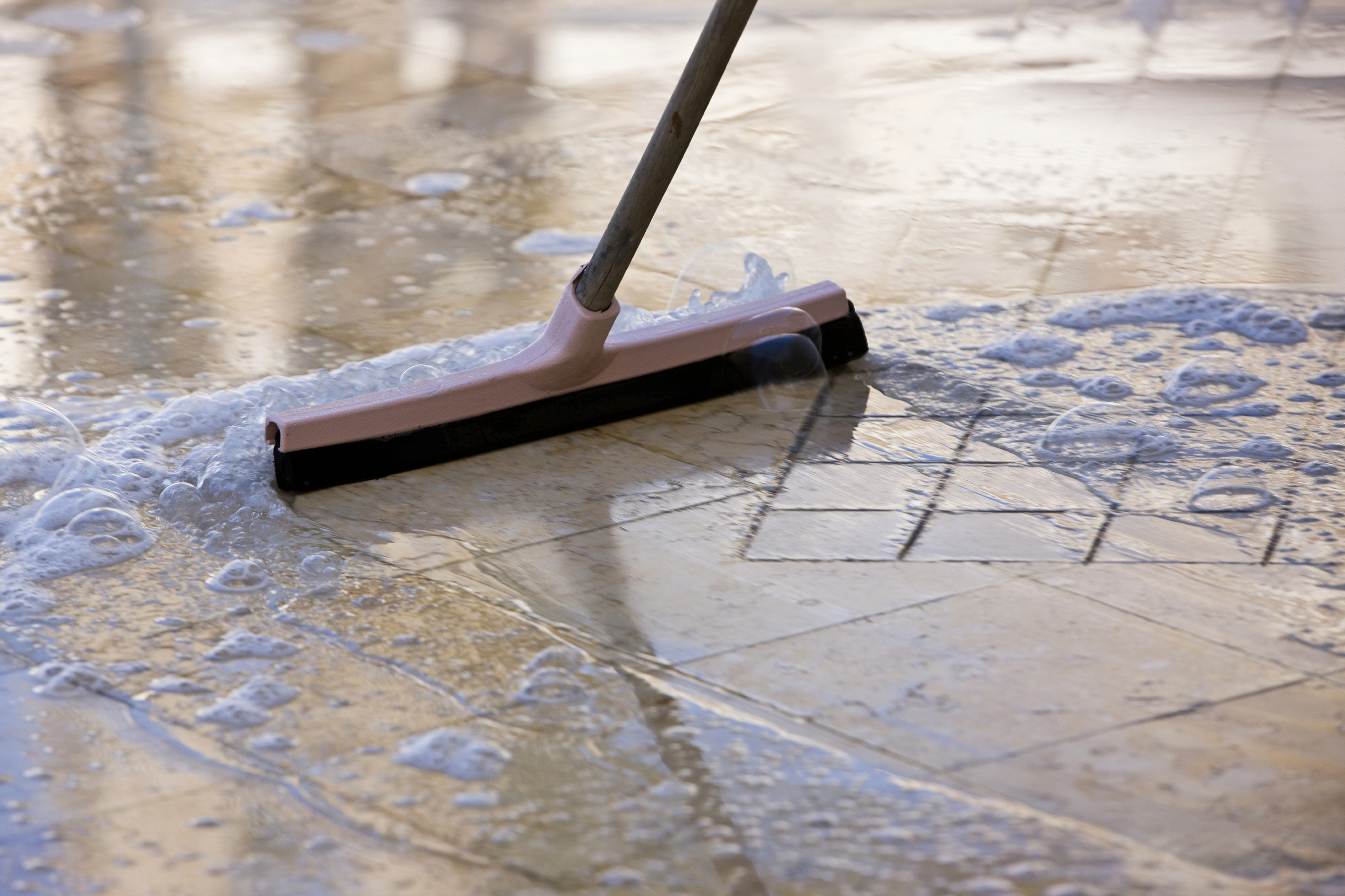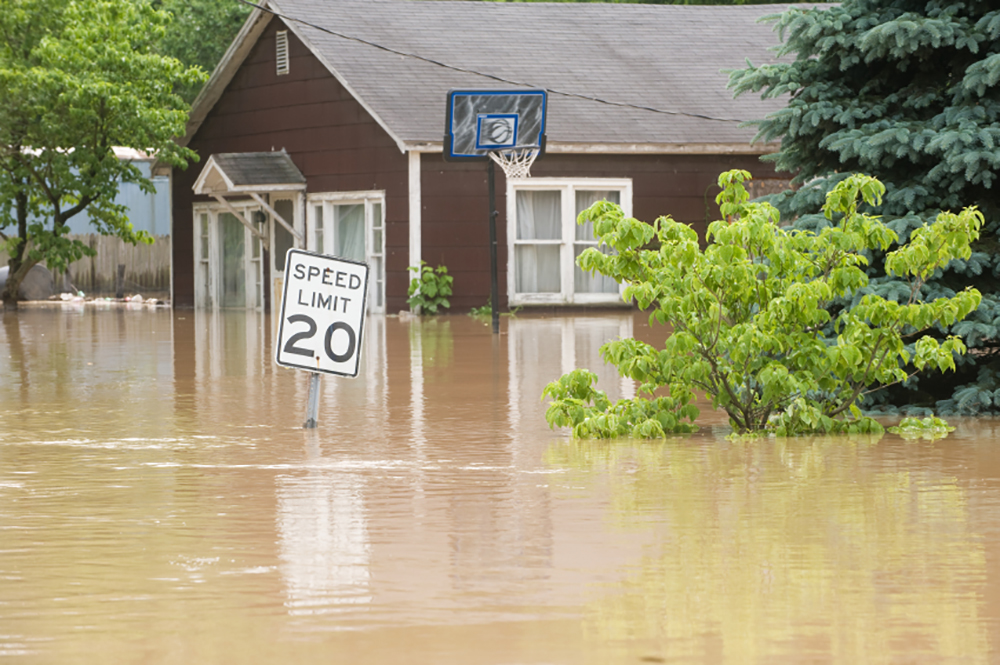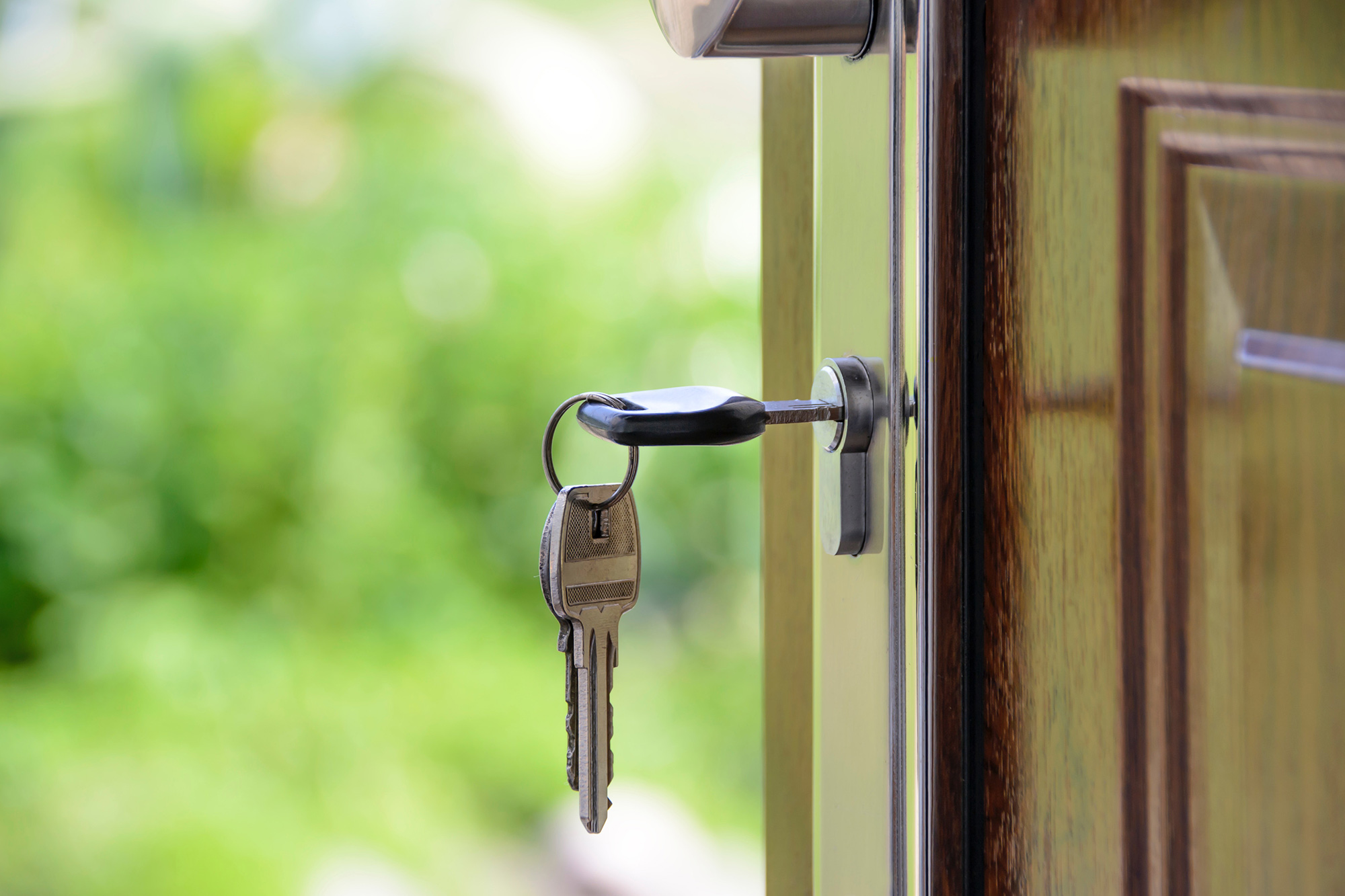What is Sewer Backup?
Most homeowner and business insurance policies do not cover sewer backup unless specific sewer backup coverage is added to the policy, according to the Insurance Information Institute (I.I.I.).
Most homeowners and business owners may not realize that they are responsible for the maintenance and repair of their house or sewer lateral – the pipeline between the city sanitary sewer main, usually located under the street, and the building. The sewer lateral is owned and maintained by the property owner including any part that may extend into the street or public right of way. A cracked or deteriorated lateral or one filled with tree roots can allow groundwater to seep into the system, contributing to the possible sewer backup problems.
Causes of Sewer Backup
- Blockages due to Tree Roots: Shrubs and trees seeking moisture can make their way into sewer line cracks causing extensive damage. They may start out small, getting into a small crack in the pipe; but as the tree or shrub continues to grow, so does the root. Tree roots can enter the service pipe at joints and cause blockages. They can also travel a long way, and roots from different types of trees act differently. If you suspect that city trees are responsible for sewer line damage, your plumber can contact the city and samples of the roots will be used to help identify the trees and who is responsible for cleanup. Sometimes a blockage is the result of a combination of city and private trees. In this case costs are split between the city and property owner.
- Sanitary Main: A blockage can occur in a city sanitary main. If the blockage is not detected in time, sewage from the main can back up into homes and businesses through floor drains. Usually this happens slowly, giving the owner time to call a licensed plumber to assess the damage. If water is entering your basement at a rapid rate, call the city public works office and report the problem immediately so that a city operator can investigate.
- Water in Basement: Most basement flooding is not related to the sanitary sewer system. In many cases, soil settles adjacent to the building and, if not corrected, leads to rainwater flowing towards the building and down the outside of the foundation wall. This is particularly true in older buildings where cracks may have developed in the foundation or floor slab which allow water to enter the basement. The cement floor and basement walls of these structures may have deteriorated to the point that they are no longer waterproof. Thus, water can show up in a basement which has never had a water problem. This frequently happens when the ground is saturated after repeated or heavy rain storms. Drainage can be improved by making sure that water drains away from the building. Homeowners can also prevent flooding by water-sealing the basement.
- Homeowners and business insurance do not cover flood damage: Only flood insurance will cover your losses in the event of a flood. Federal flood insurance policies can be purchased directly from an insurance agent or a company representative, and are available to communities that participate in the National Flood Insurance Program. Nearly 100 insurance companies write and service NFIP policies. In order to find an agent or company servicing your area, visit www.floodsmart.gov. Your insurance agent or broker can handle the claim for you.
Ways to Prevent Backups in Your Lateral and in the City Main
- Dispose of Grease Properly: Cooking oil should be poured into a heat-resistant container and disposed of properly, after it cools off, not in the drain. Washing grease down the drain with hot water can cause significant problems. As the grease cools off, it will solidify either in the drain, the property owner's line, or in the main sewer causing the line to constrict and eventually clog.
- Dispose of Paper Products Properly: Paper towels, disposable (and cloth) diapers, and feminine products can cause many problems in the property owner's lateral as well as in the city main because unlike bathroom tissue, they do not break down quickly.
- Replace your line with new plastic pipe: One way to prevent tree roots from entering your line is to replace your line and tap with new plastic pipe. If you still have problems with tree roots growing in your lateral, you may have to have roots cut periodically.
- Illegal Plumbing Connections: Do not connect French drains, sump pumps, and other flood control systems to your sanitary sewer. It is illegal, and debris and silt will clog your line. Consult a plumber to correct any illegal connections.
- Install a Backwater Prevention Valve:A backwater valve is a fixture installed into a sewer line, and sometimes into a drain line, in the basement of your home or business to prevent sewer backflows. A properly installed and maintained backwater valve allows sewage to go out, but not to come back in. Property owners are responsible for the installation and maintenance of backwater valves. The cost to install one depends on the type of plumbing in your home or business and the difficulty of installation. Check with a qualified plumber.
What to do if you Experience a Sewer Backup
A sewer backup can lead to disease, destruction of your valuables, damage to your house or business, and can even result in electrical malfunctions. Prompt cleanup of the affected property can help minimize the inconvenience and prevent mold and further damage. In the event of sewer backup, immediately arrange for the cleanup of your property. This should include:
- Wet-vacuuming or removing spillage
- Mopping floors and wiping walls with soap and disinfectant
- Flushing out and disinfecting plumbing fixtures
- Steam cleaning or removing wet carpets or drapes
- Repairing or removing damaged wallboard or wall covering
- Cleanup of ductwork
How to File a Claim
For insurance claim purposes, take before and after photos of the affected areas and itemize any property losses. Save all receipts related to repairs, cleaning or damages and contact your independent insurance agent as soon as possible.
Source: Insurance Information Institute








